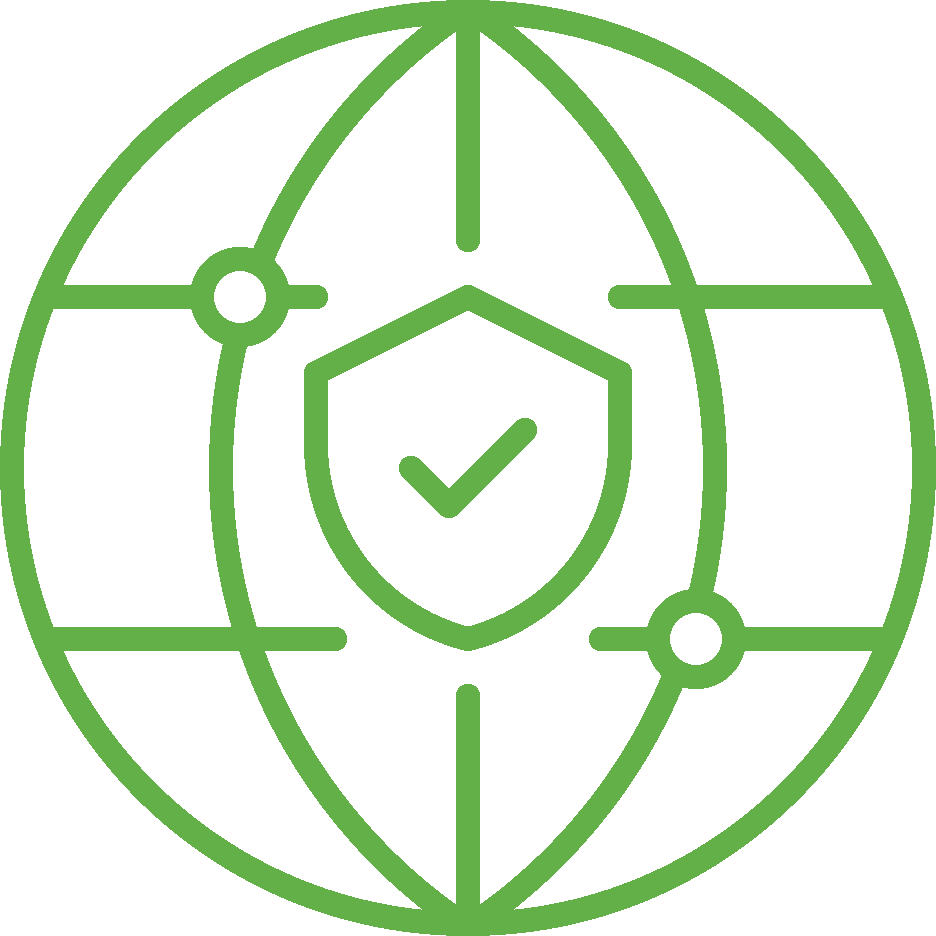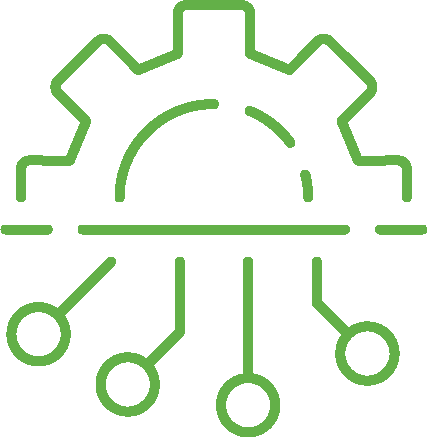The 18 CIS Security Controls: Best Practices for Cyber Protection
In today’s interconnected world, cybersecurity is more than a buzzword—it’s an essential aspect of our daily lives that affects everything from personal privacy to business integrity. With a rising tide of cyber threats targeting everything from individual accounts to critical national infrastructure, it’s crucial to take proactive steps to safeguard your digital environment. That’s where the 18 CIS Critical Security Controls come into play. Designed by cybersecurity experts, these controls serve as a robust framework for any individual or organization looking to fortify their cyber defenses.

Prioritized Protection
The 18 CIS Security Controls offer a ranked approach to cybersecurity, focusing first on the most critical vulnerabilities. This helps you make the most impact with limited resources, safeguarding your most vital assets efficiently.

Actionable Guidance
Each control is broken down into easy-to-understand tasks and recommendations. This eliminates guesswork and allows for straightforward implementation, whether you’re an individual user or an organization.

Adaptable Framework
The CIS Controls are designed to be flexible and applicable across various systems and environments. This means they can be tailored to fit your specific needs, scaling from personal use to enterprise-level operations.
Elevate Your Cyber Defenses with CIS Security Controls
Whether you’re a cybersecurity novice trying to protect your personal data or a business leader responsible for a large organization, knowing where to start can be overwhelming. The 18 CIS Security Controls offer a prioritized, focused, and actionable set of guidelines to provide a strong baseline of cybersecurity measures. This comprehensive list is designed to demystify the complexity of cybersecurity, breaking it down into manageable parts that can be tackled step-by-step. Read on to learn about each of these essential controls and how implementing them could be one of the smartest moves you make in securing your digital life.
CIS Control 1
Inventory and Control of Enterprise Assets
CIS Control 2
Inventory and Control of Software Assets
CIS Control 3
Data Protection
CIS Control 4
Secure Configuration of Enterprise Assets and Software
CIS Control 5
Account Management
CIS Control 6
Access Control Management
CIS Control 1: Inventory and Control of Enterprise Assets
- Purpose: To manage and control hardware devices to prevent unauthorized access and loss of information.
- Actions: Maintain a detailed inventory of all hardware assets, detect unauthorized devices, and manage asset configurations.
CIS Control 2: Inventory and Control of Software Assets
- Purpose: To manage software assets and prevent the installation of unauthorized and malicious software.
- Actions: Maintain an inventory of software assets and control the installation of software.
CIS Control 3: Data Protection
- Purpose: To secure sensitive information to prevent unauthorized access and data breaches.
- Actions: Classify and encrypt sensitive data, control data sharing, and establish data loss prevention strategies.
CIS Control 4: Secure Configuration of Hardware and Software
- Purpose: To configure hardware and software securely to reduce vulnerabilities.
- Actions: Establish secure configurations, manage security settings, and disable unnecessary services and features.
CIS Control 5: Account Management
- Purpose: To manage user accounts securely to prevent unauthorized access.
- Actions: Implement least privilege, manage account lifecycles, and use strong authentication.
CIS Control 6: Data Recovery
- Purpose: To ensure data is recoverable in the case of loss or corruption.
- Actions: Perform regular backups, secure backup data, and test restoration processes.
CIS Control 7: Vulnerability Management
- Purpose: To identify and mitigate vulnerabilities in software and systems.
- Actions: Conduct regular vulnerability assessments, prioritize remediation, and apply patches.
CIS Control 8: Audit Log Management
- Purpose: To collect, manage, and analyze audit logs to detect and respond to threats.
- Actions: Enable logging, secure log information, and regularly review logs.
CIS Control 9: Email and Web Browser Protections
- Purpose: To secure email and web browsers against phishing and web-based attacks.
- Actions: Implement email and browser security settings, and educate users on risks.
CIS Control 10: Data Security
- Purpose: To secure data in all stages (at rest, in transit, and in process).
- Actions: Classify, encrypt, and control access to data.
CIS Control 11: Secure Configurations for Network Devices
- Purpose: To maintain secure configurations for network devices to protect against unauthorized access and data breaches.
- Actions: Change default credentials, disable unnecessary services, and update device firmware.
CIS Control 12: Boundary Defense
- Purpose: To defend the network perimeter and detect and block unauthorized traffic.
- Actions: Deploy firewalls, monitor network traffic, and secure all connections.
CIS Control 13: Data Protection (Additional)
- Purpose: Similar to Control 3, focusing on the protection of sensitive and critical information.
- Actions: Implementation of advanced security measures, encryption, and data loss prevention strategies.
CIS Control 14: Controlled Access Based on Need to Know
- Purpose: To limit access to information based on users’ job requirements.
- Actions: Control access permissions and regularly review access lists.
CIS Control 15: Wireless Access Control
- Purpose: To secure wireless networks against unauthorized access and attacks.
- Actions: Secure wireless access points, use strong encryption, and monitor wireless networks.
CIS Control 16: Account Monitoring and Control
- Purpose: To monitor account usage and manage account access to detect unauthorized activities.
- Actions: Monitor user activities, manage account sessions, and respond to anomalous behavior.
CIS Control 17: Implement a Security Awareness and Training Program
- Purpose: To educate and train users on security risks and best practices.
- Actions: Develop and maintain a security awareness program and conduct regular training sessions.
CIS Control 18: Application Software Security
- Purpose: To ensure the security of application software to protect against vulnerabilities and attacks.
- Actions: Develop secure software, test applications for security vulnerabilities, and update software regularly.
By implementing these 18 CIS Controls, organizations can significantly enhance their security posture and resilience against cyber threats and vulnerabilities.
Winsor Makes IT Simple:
Navigating the complex terrain of cybersecurity can often feel like a daunting challenge, especially with an ever-evolving landscape of threats and vulnerabilities. But what if you had a simple, actionable blueprint to follow that not only educates you but also empowers you to take control of your digital safety? Enter the CIS Controls: a series of 18 robust guidelines designed by leading cybersecurity experts to offer you the highest level of protection against the most prevalent cyber threats.
From safeguarding your personal data to fortifying an entire organization, the CIS Controls provide a scalable and adaptable framework that anyone can use. These controls guide you through each crucial aspect of cybersecurity, prioritizing the most essential actions to maximize your defenses effectively.
